Story by Gauri Ghadi • Firstpost
Two wars have engulfed the world – the one between Israel and Hamas and the other between Russia and Ukraine. While the United States has not been directly involved in the conflict it has picked sides – Washington is Jerusalem’s strongest ally and it has backed Kyiv. In West Asia, there is fear of wider conflict and questions have been raised: Will there be a World War III? Amid the rising tensions, reports have emerged that the US is attempting to upgrade its nuclear arsenal, which includes a plan to modernise its main nuclear gravity bomb.
Why is the US developing a new nuclear bomb?
The country is looking at developing a new variant of its nuclear bomb. It’s called the B61-13, which is based on the design of the already-existing B61-12, according to a report in The Eurasian Times.
The US defence department has reportedly unveiled plans for the development of the B61-13 munition. It is seeking Congressional authorisation and approval for it.
“The B61-13 will strengthen deterrence of adversaries and assurance of allies and partners by providing the President with additional options against certain harder and large-area military targets,” according to a document titled “Fact Sheet on B61 Variant Development” released by the Pentagon, the headquarters of the US Department of Defense.
The modernisation is part of America’s effort to upgrade its nuclear stockpile, which includes missiles, warheads, submarines and more. “As the security environment evolves, it is necessary for us to consider nuclear force adjustments to assure our ability to achieve deterrence and other objectives,” the press release says.
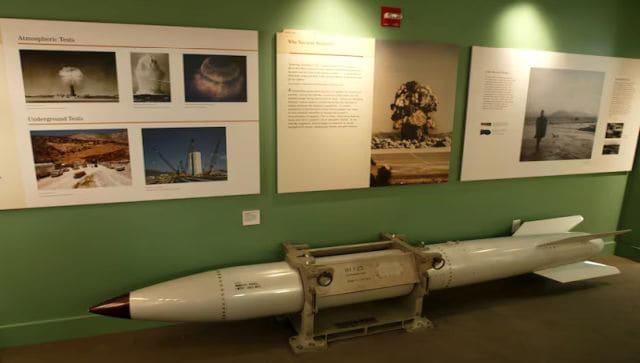
An empty B61 thermonuclear bomb at the National Atomic Testing Museum in Las Vegas in 2005. The B61 family of bombs have been in service with the American military since 1968. File photo/AP© Provided by Firstpost
“The United States has a responsibility to continue to assess and field the capabilities we need to credibly deter and, if necessary, respond to strategic attacks, and assure our allies,” said John Plumb, assistant secretary of defence for space policy.
“The B61-13 represents a reasonable step to manage the challenges of a highly dynamic security environment. While it provides us with additional flexibility, production of the B61-13 will not increase the overall number of weapons in our nuclear stockpile,” he clarified.
Related video: How powerful is Biden’s new nuclear bomb? (FOX News)Duration 2:27 View on Watch
1:08
The new bomb would replace some of the B61-7s in the current nuclear stockpile and have a yield similar to the B61-7, which is higher than that of the B61-12, according to the US defence department.
Also read: Why countries just can’t bring themselves to give up nuclear weapons
What are the B61 bombs?
The B61 is a gravity bomb. This means that when it is dropped from an aircraft it falls on its target by gravity. It has been in service with the American military since 1968 and over the years several versions have been developed.
According to The Washington Post, the B61 was created after the Cuban missile crisis. The US air force was interested in the possibility of dropping nukes from low-flying aircraft at high speeds, the report says quoting from the second volume of Chuck Hansen’s “Swords of Armageddon.” The B61 could be used as a “tactical” or “nonstrategic” nuke on a battlefield, against a forward military target, as opposed to a “strategic” obliterating strike, behind enemy lines, on a seat of government or city.
Each of these bombs is about the “length of two refrigerators laid down end to end and as heavy as the average adult male musk ox. The bombs are slender and pointy and a little more than a foot wide,” The Post report says.
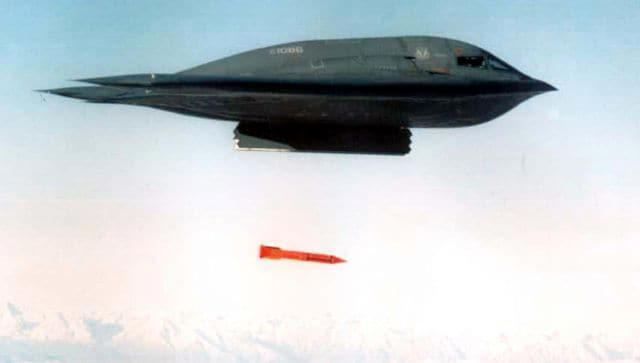
A B-2 spirit bomber from Whiteman Air Force Base, Missouri, drops a B61-11 bomb casing during an exercise in this undated photo. Reuters© Provided by Firstpost
The B61-12 is the latest variant of the B61 family, which was developed to improve the nuclear capabilities of the US air force and its allies. The first production unit of the B61-12 bombs was completed in 2022.
The bomb’s new guided tail kit is designed by Boeing. This gives it additional manoeuvrability and the appearance of more precision. It has different yields from 0.3 kilotonnes to 50 kilotonnes (kt), according to the International Campaign to Abolish Nuclear Weapons (ICAN), the winner of the 2017 Nobel Peace Prize.
How powerful will the B61-13 be?
The B61-13 will have a yield similar to the B61-7. Analysts Hans Kristensen and Matt Korda claim in a post on the Federation of American Scientists website that the B61-7 can have a 360-kilotonne detonation.
In comparison, the bomb dropped on Japan’s Hiroshima was 15 kilotonne and that on Nagasaki was 25. The B61-13 is 24 times larger than the Hiroshima bomb, according to a report on Fox News.
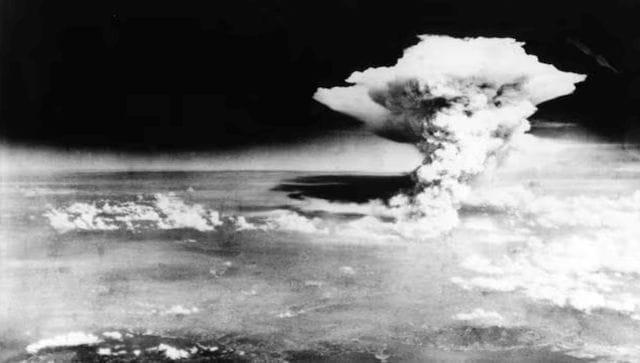
Hiroshima was the first place on Earth to be attacked by an atomic bomb. If the US develops the B61-13, it will be 24 times stronger than the bomb dropped on the Japanese city.
The new bomb would replace some of the B61-7s in the current nuclear stockpile and have a yield similar to the B61-7, which is higher than that of the B61-12, according to the US defence department.
Also read: Why countries just can’t bring themselves to give up nuclear weapons
What are the B61 bombs?
The B61 is a gravity bomb. This means that when it is dropped from an aircraft it falls on its target by gravity. It has been in service with the American military since 1968 and over the years several versions have been developed.
According to The Washington Post, the B61 was created after the Cuban missile crisis. The US air force was interested in the possibility of dropping nukes from low-flying aircraft at high speeds, the report says quoting from the second volume of Chuck Hansen’s “Swords of Armageddon.” The B61 could be used as a “tactical” or “nonstrategic” nuke on a battlefield, against a forward military target, as opposed to a “strategic” obliterating strike, behind enemy lines, on a seat of government or city.
Each of these bombs is about the “length of two refrigerators laid down end to end and as heavy as the average adult male musk ox. The bombs are slender and pointy and a little more than a foot wide,” The Post report says.

A B-2 spirit bomber from Whiteman Air Force Base, Missouri, drops a B61-11 bomb casing during an exercise in this undated photo. Reuters© Provided by Firstpost
The B61-12 is the latest variant of the B61 family, which was developed to improve the nuclear capabilities of the US air force and its allies. The first production unit of the B61-12 bombs was completed in 2022.
The bomb’s new guided tail kit is designed by Boeing. This gives it additional manoeuvrability and the appearance of more precision. It has different yields from 0.3 kilotonnes to 50 kilotonnes (kt), according to the International Campaign to Abolish Nuclear Weapons (ICAN), the winner of the 2017 Nobel Peace Prize.
How powerful will the B61-13 be?
The B61-13 will have a yield similar to the B61-7. Analysts Hans Kristensen and Matt Korda claim in a post on the Federation of American Scientists website that the B61-7 can have a 360-kilotonne detonation.
In comparison, the bomb dropped on Japan’s Hiroshima was 15 kilotonne and that on Nagasaki was 25. The B61-13 is 24 times larger than the Hiroshima bomb, according to a report on Fox News.

Hiroshima was the first place on Earth to be attacked by an atomic bomb. If the US develops the B61-13, it will be 24 times stronger than the bomb dropped on the Japanese city.
File image/AFP© Provided by Firstpost
The Pentagon fact sheet says the “B61-13 will replace some of the B61-7s in the current stockpile”, pending Congressional authorisation and appropriation. It “will not increase the overall number of weapons in the U.S. stockpile. The number of B61-12s to be produced will be lowered by the same amount as the number of B61-13s produced”.
The cost of producing the B61-13 is not known. But it is expected to cost the US government several billions. The US National Nuclear Security Administration in 2018 estimated that the programme for the B61-12 nuclear bomb would cost about $7.6 billion but an independent estimate put the cost at $10 billion.
How will the B61-13s be deployed?
It is now clear which aircraft will be used to carry these bombs. Kristensen and Korda say in a post on the Federation of American Scientists website that since targets requiring high-yield gravity bombs are probably small, a minimal number of such bombs will be produced – an order of 50 weapons.
The B61-13 bomb will be reserved for use only the the US military. It will not be sold to American allies, especially in NATO, the report says.
With inputs from agencies
The Pentagon fact sheet says the “B61-13 will replace some of the B61-7s in the current stockpile”, pending Congressional authorisation and appropriation. It “will not increase the overall number of weapons in the U.S. stockpile. The number of B61-12s to be produced will be lowered by the same amount as the number of B61-13s produced”.
The cost of producing the B61-13 is not known. But it is expected to cost the US government several billions. The US National Nuclear Security Administration in 2018 estimated that the programme for the B61-12 nuclear bomb would cost about $7.6 billion but an independent estimate put the cost at $10 billion.
How will the B61-13s be deployed?
It is now clear which aircraft will be used to carry these bombs. Kristensen and Korda say in a post on the Federation of American Scientists website that since targets requiring high-yield gravity bombs are probably small, a minimal number of such bombs will be produced – an order of 50 weapons.
The B61-13 bomb will be reserved for use only the the US military. It will not be sold to American allies, especially in NATO, the report says.
With inputs from agencies

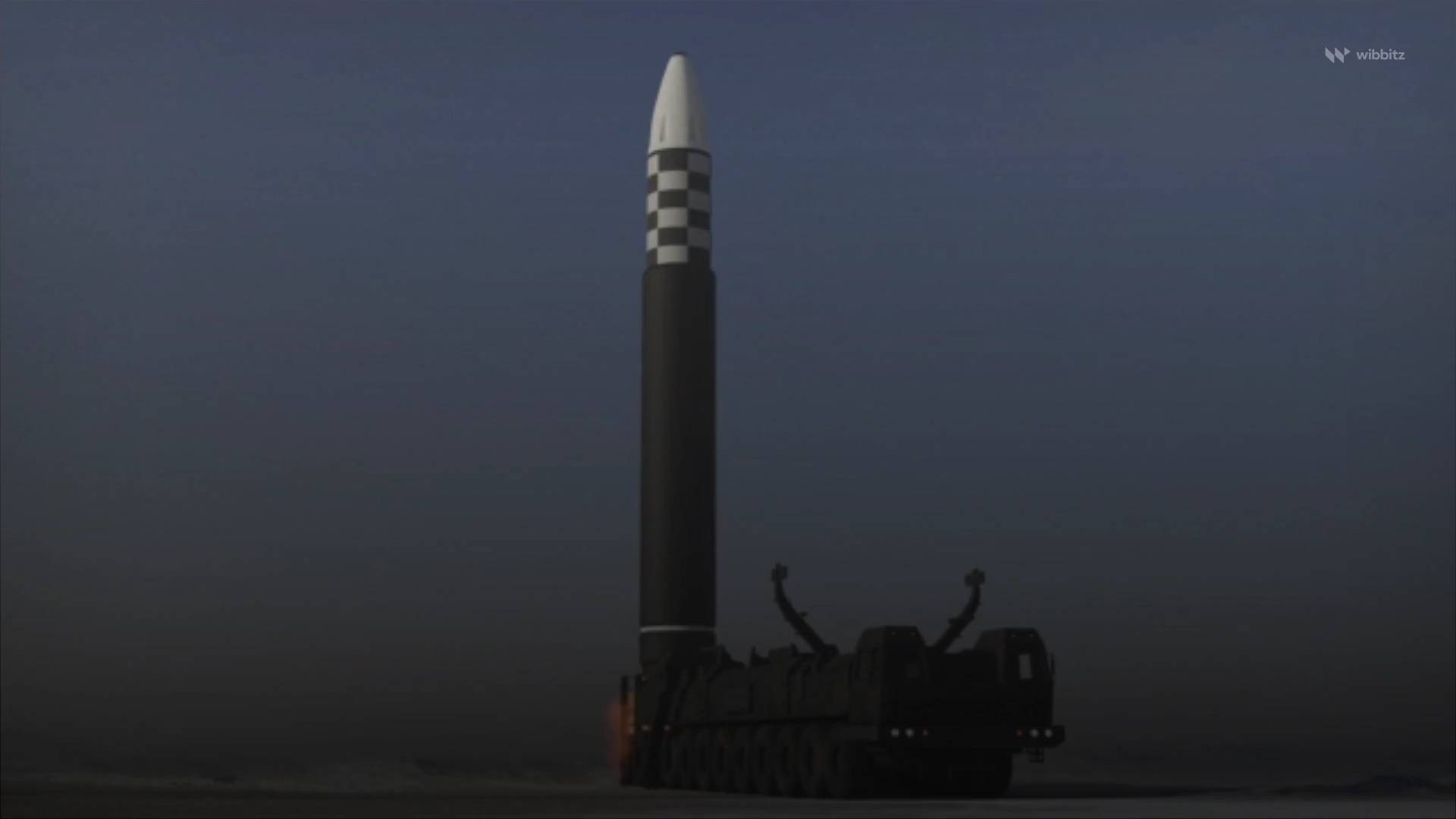
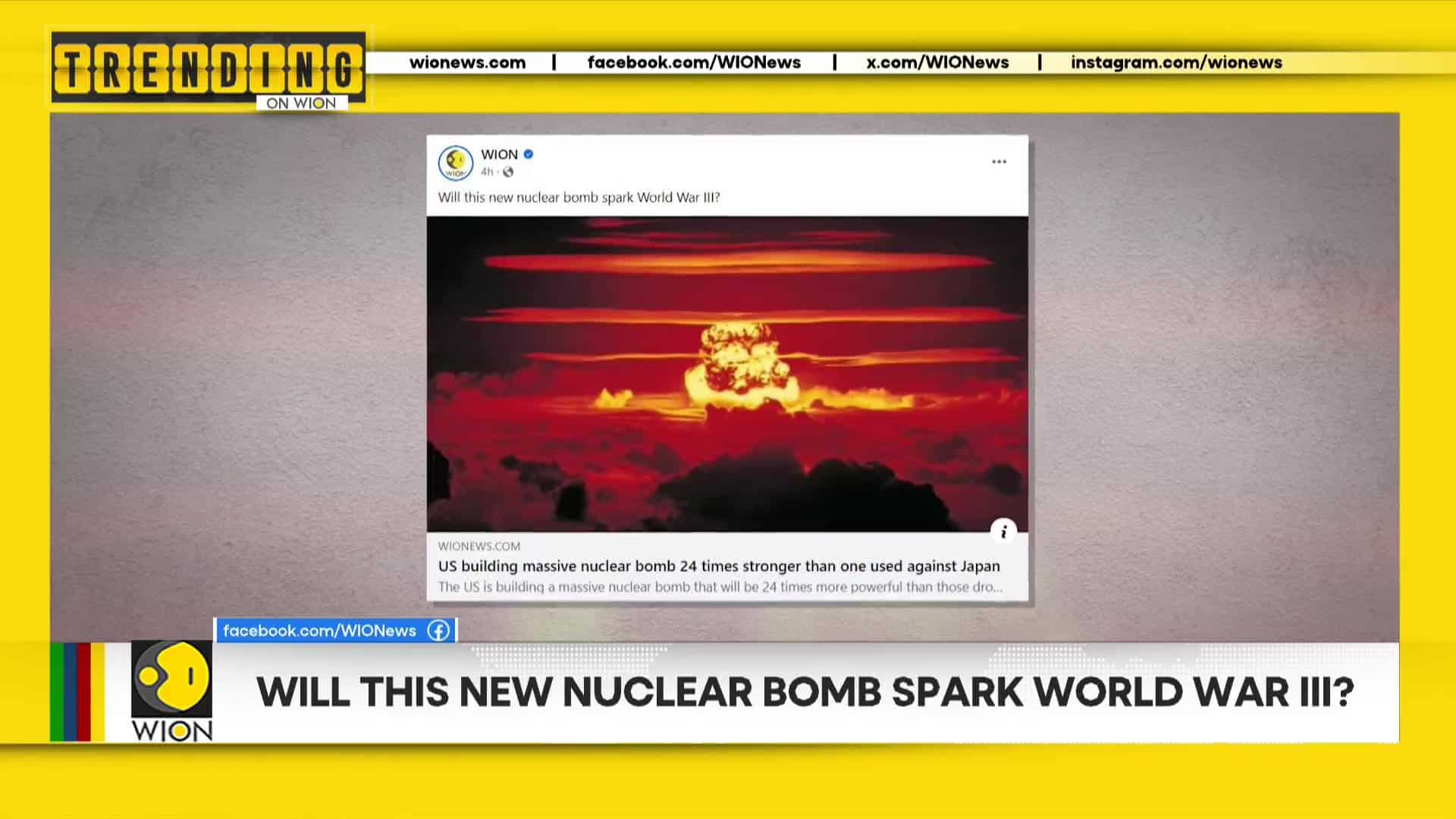
No comments:
Post a Comment